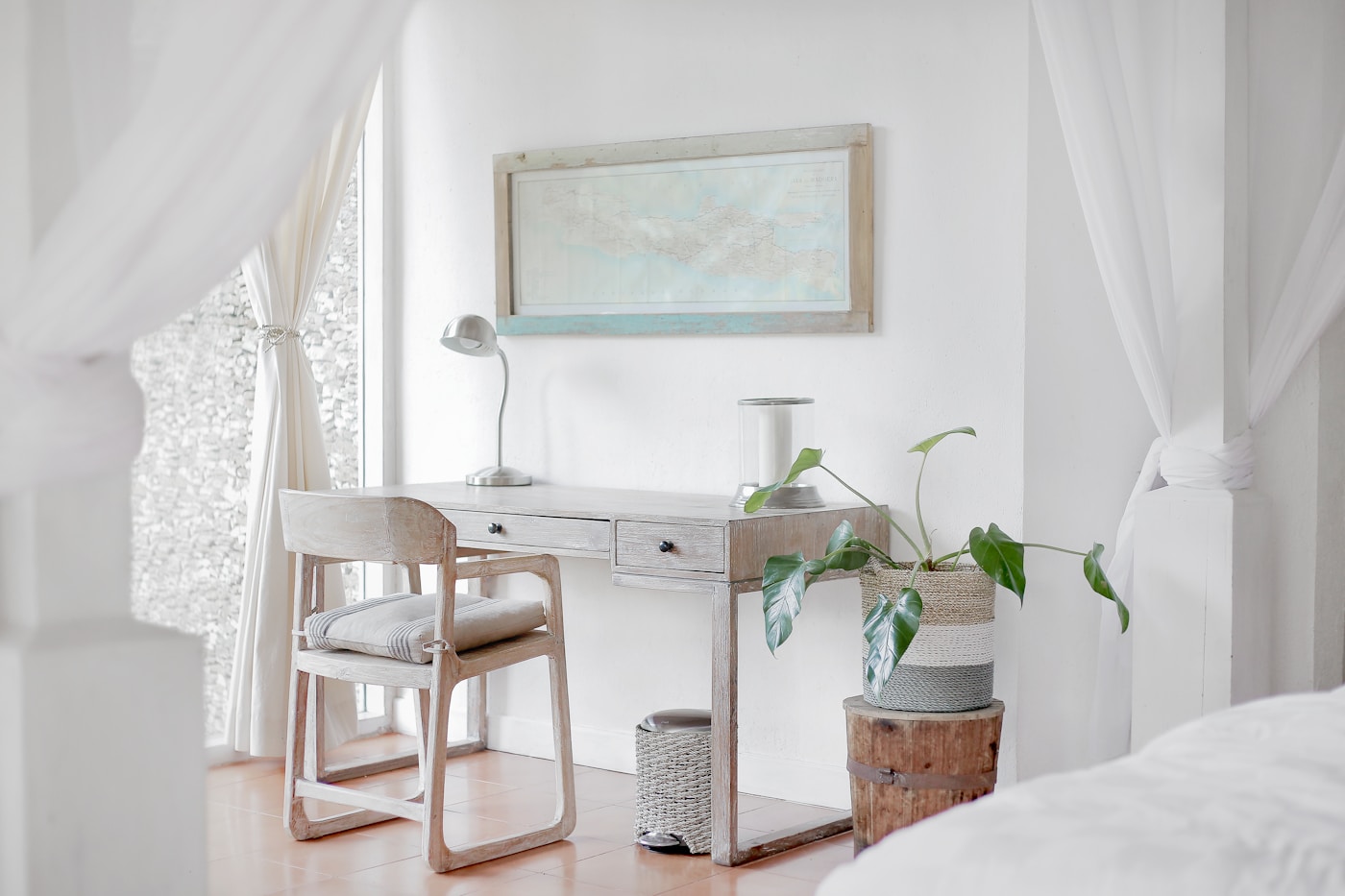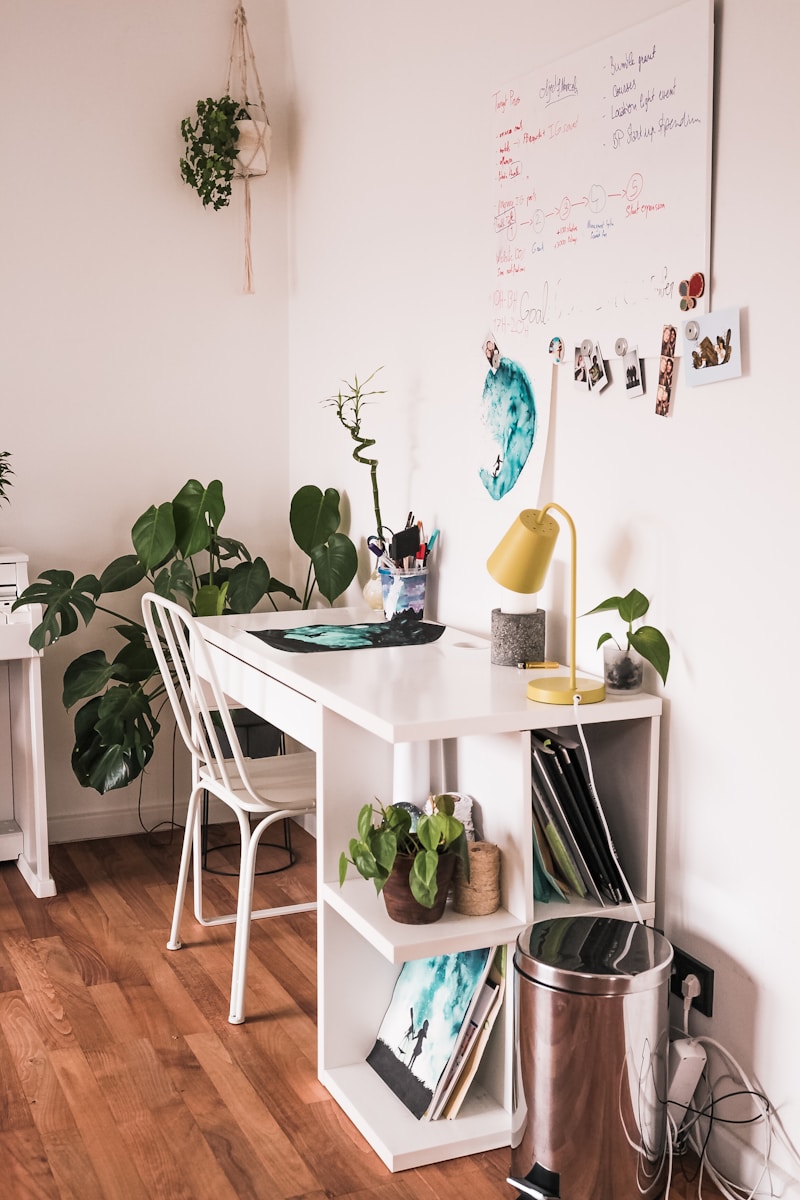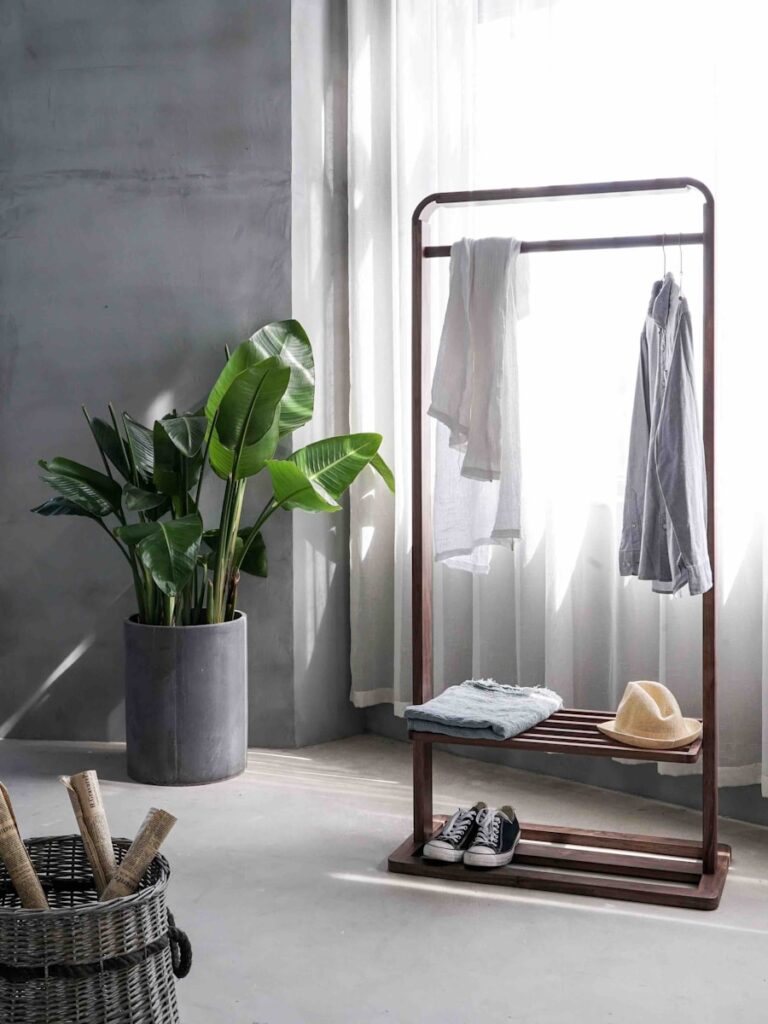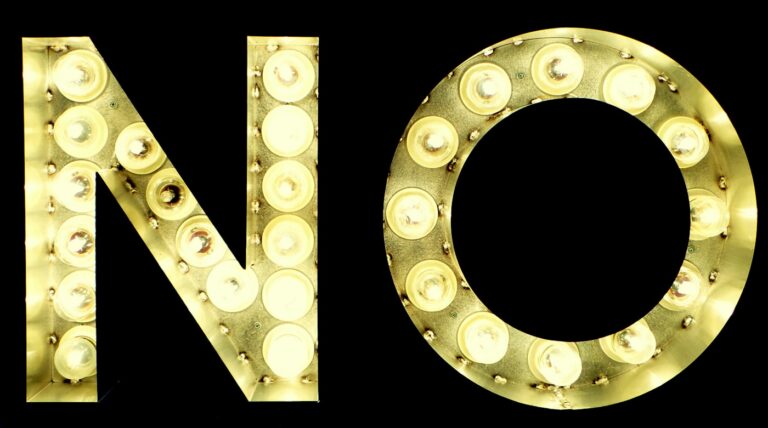Decluttering 101: 10 Simple Steps to Start Your Minimalist Journey
Feature Photo by Hutomo Abrianto on Unsplash
Thinking of embracing a simpler, clutter-free life? Decluttering is a powerful first step in adopting a minimalist mindset, and it can transform your living space and your mental well-being. Here’s a step-by-step guide to help you get started on your minimalist journey.
1. Set Clear Goals for Decluttering
Before you start, take a moment to define your goals. Why do you want to declutter? What do you hope to gain?
- Identify your motivations—is it to reduce stress, save time, or create a more peaceful space?
- Visualize your end goal to keep yourself motivated throughout the process.
- Write down your intentions so you have a reminder of why you’re doing this.
Knowing your “why” will help you stay focused and committed.
2. Start Small with One Area at a Time
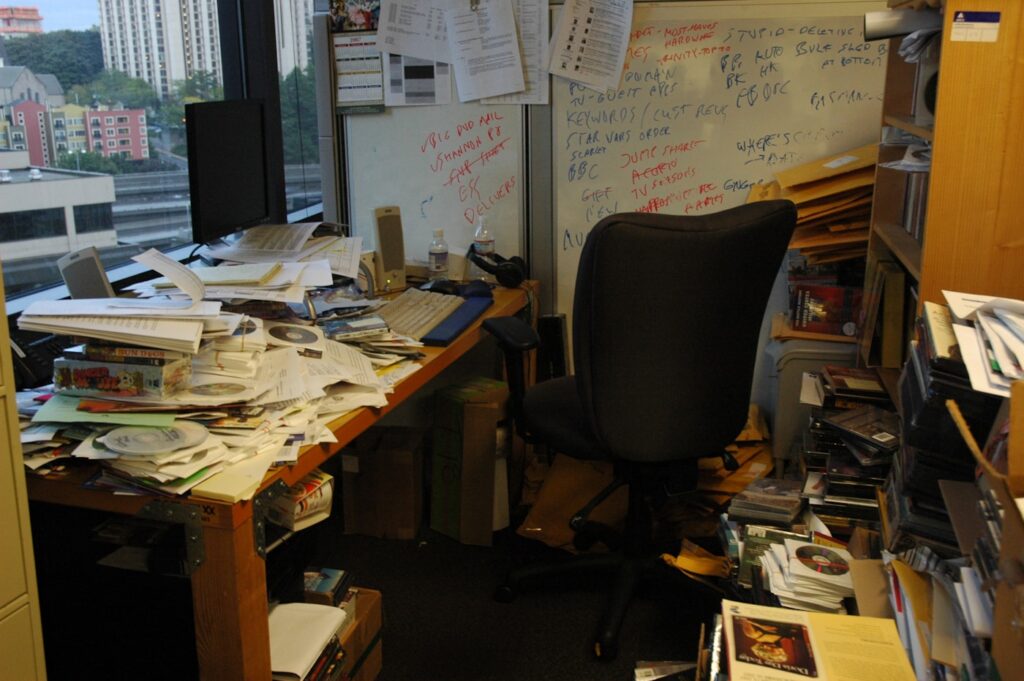
Decluttering can feel overwhelming, so break it down into manageable parts. Focus on one room, closet, or even a drawer.
- Choose a small area like a bathroom cabinet or a kitchen drawer.
- Complete one area before moving on to the next.
- Build momentum by seeing the progress in each completed space.
Starting small makes the process feel achievable and builds confidence.
3. Sort Items into Categories
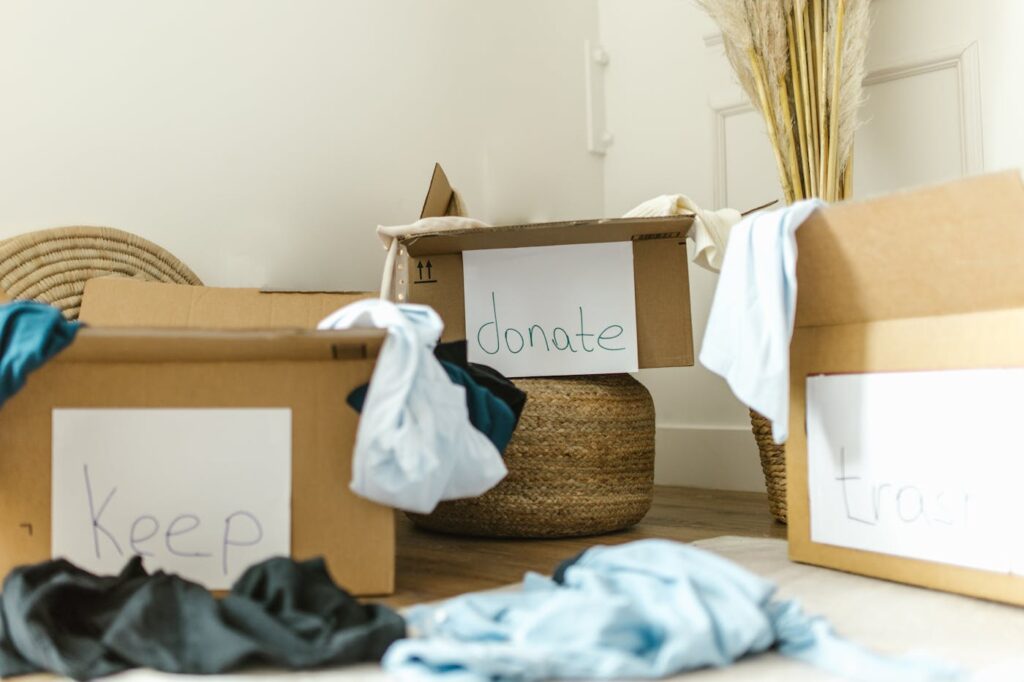
To make decisions easier, sort items into categories: Keep, Donate, Sell, and Toss.
- Keep only what you need or truly value.
- Donate items in good condition to local charities.
- Sell valuable items online or at a yard sale.
- Toss broken or unusable items to reduce clutter quickly.
Sorting by category gives you a clear path for each item, making the process more efficient.
4. Ask Yourself Key Questions
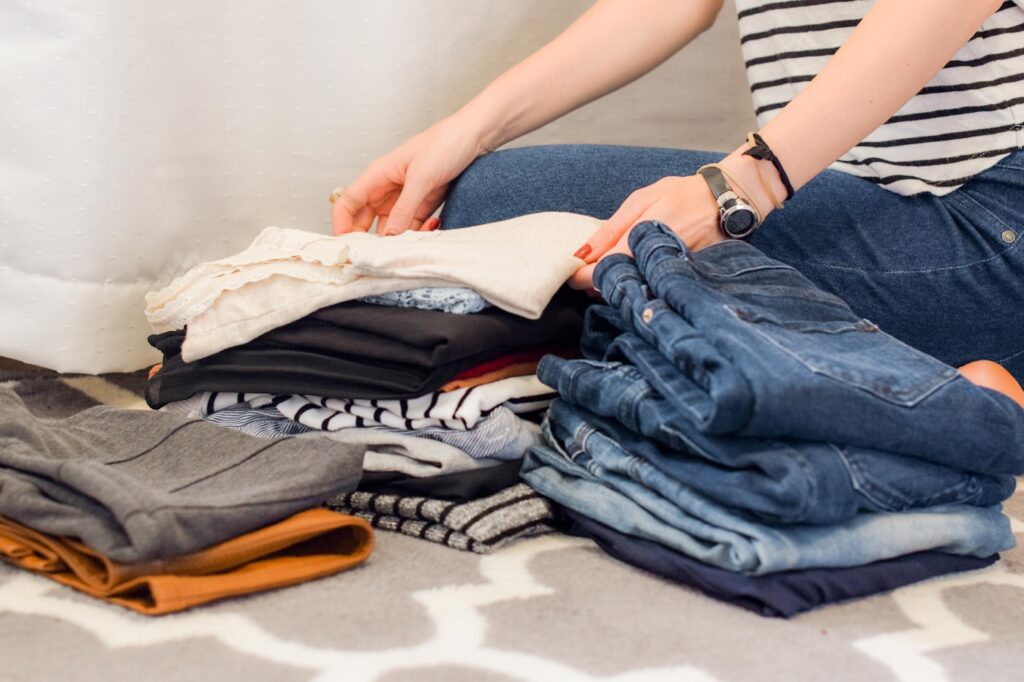
As you decide what to keep, ask yourself a few questions to guide your choices:
- Have I used this item in the past year?
- Does this item bring me joy or serve a purpose?
- Would I buy it again today?
These questions help you let go of things that no longer serve you.
5. Embrace a “One In, One Out” Rule
To prevent clutter from returning, adopt a “one in, one out” approach. For every new item you bring into your space, remove one.
- Keep balance by not allowing new items to add to clutter.
- Think twice before buying, knowing that you’ll have to let go of something else.
- Maintain a clutter-free space by being mindful of new additions.
This rule helps you maintain a minimalist lifestyle in the long run.
6. Digitize Whenever Possible

Digital storage can save space and reduce paper clutter. Consider digitizing files, photos, and documents.
- Scan important papers and keep digital copies on a secure device.
- Store photos digitally to keep memories without physical clutter.
- Limit physical books and magazines by using e-books or online resources.
Digitizing not only reduces clutter but also makes items easier to organize and find.
7. Declutter Sentimental Items Last
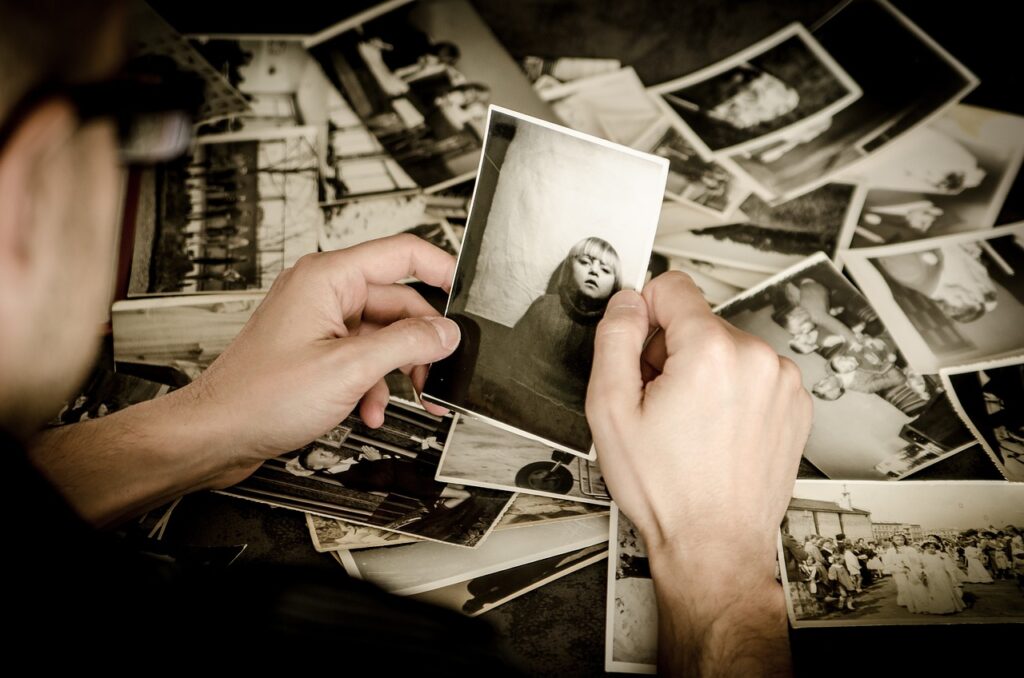
Sentimental items are often the hardest to let go of, so save them for the end when you’ve built momentum.
- Re-evaluate your attachment to items as you go through them.
- Keep only a few special pieces that truly hold meaning.
- Take photos of sentimental items as a way to remember them without keeping everything.
Leaving sentimental items for last lets you make clearer, more confident decisions.
8. Organize What You Keep
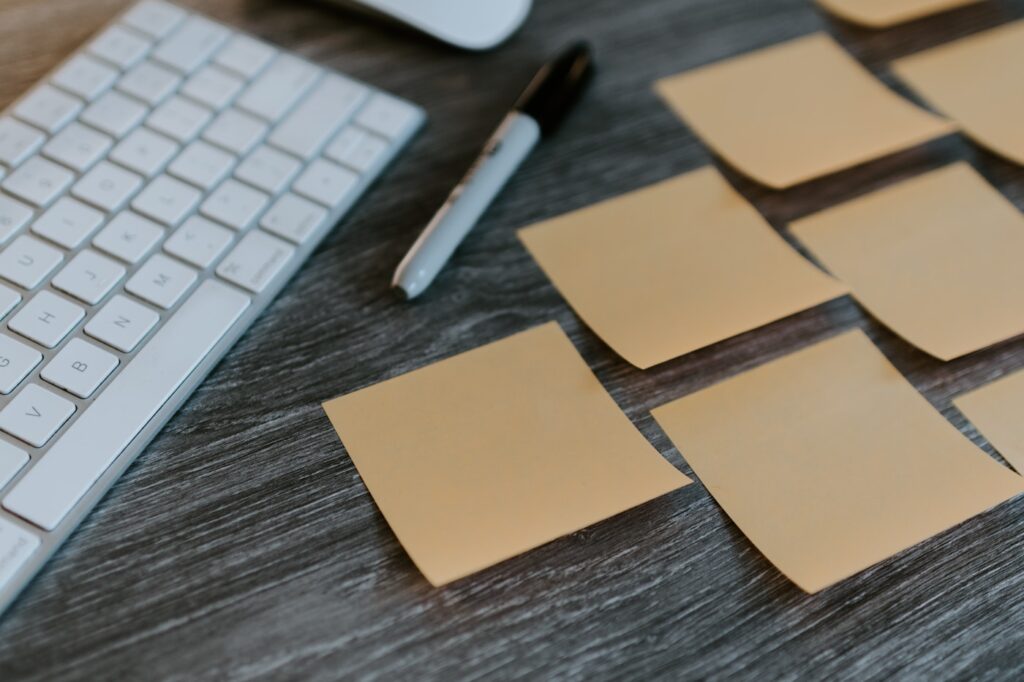
After decluttering, organize the items you decide to keep in a way that’s functional and aesthetically pleasing.
- Use storage solutions that make it easy to find things.
- Label bins or containers to keep similar items together.
- Keep frequently used items accessible to make daily life easier.
A well-organized space is more functional and enjoyable to live in.
9. Establish Regular Decluttering Sessions
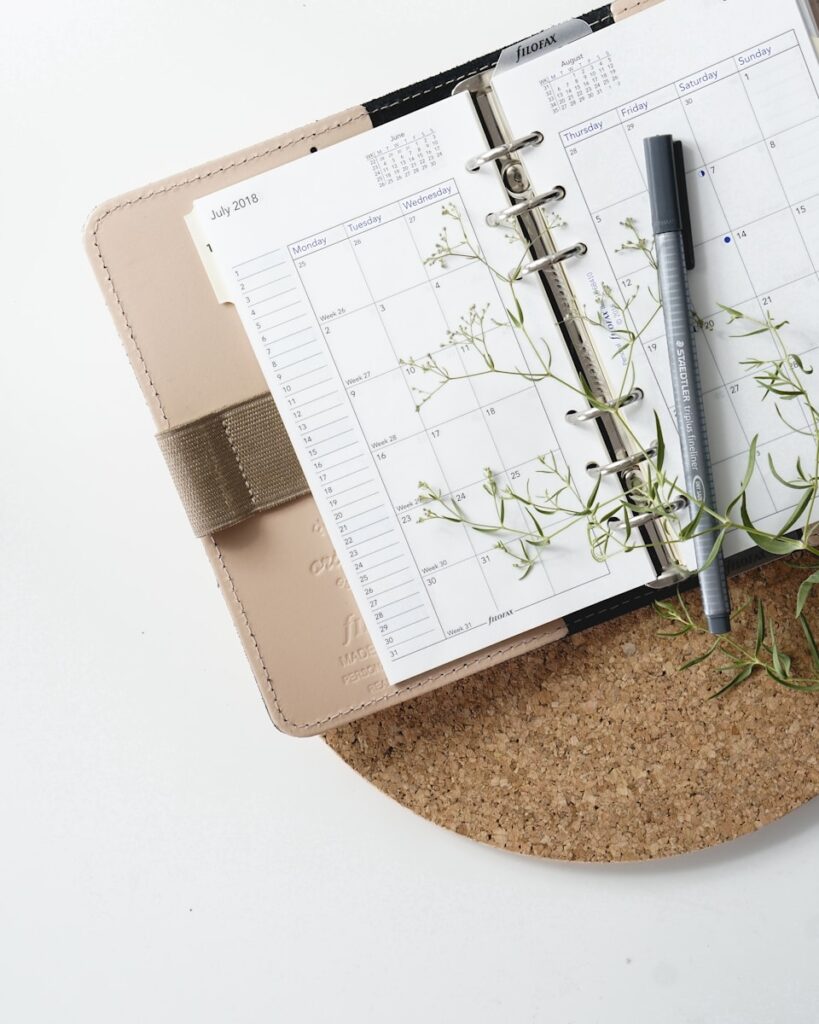
Decluttering isn’t a one-time event; it’s a continuous process. Set up a schedule to regularly evaluate your space and let go of unneeded items.
- Choose a monthly or seasonal schedule to revisit your belongings.
- Stay proactive in keeping clutter at bay.
- Use special events like spring cleaning to dive deeper into your belongings.
Regular sessions help you maintain a minimalist, clutter-free lifestyle.
10. Enjoy the Benefits of a Simplified Life
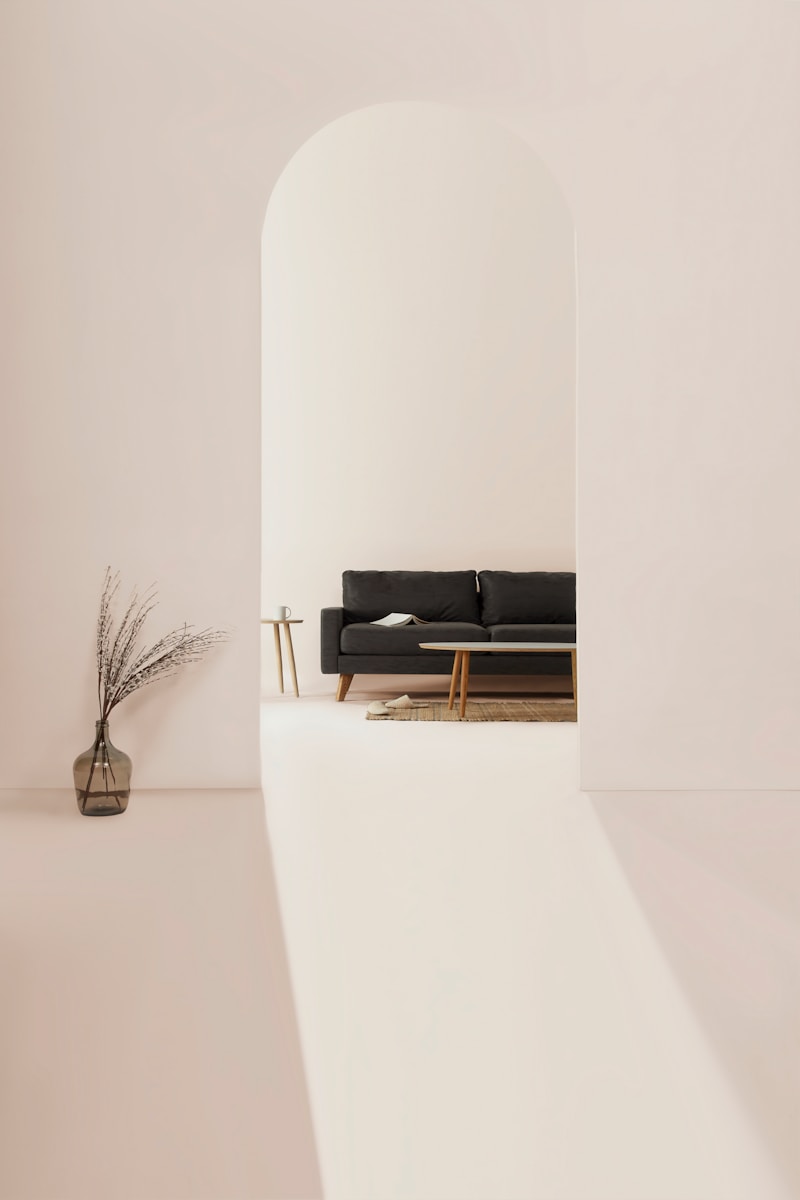
Once you’ve completed the decluttering process, take time to enjoy the rewards. Minimalism creates space not only in your physical surroundings but also in your mind.
- Experience reduced stress and a sense of calm in your home.
- Focus on quality over quantity in all aspects of life.
- Feel more content as you surround yourself only with things that bring value.
Decluttering is a journey, and each step brings you closer to a life filled with purpose and freedom.
